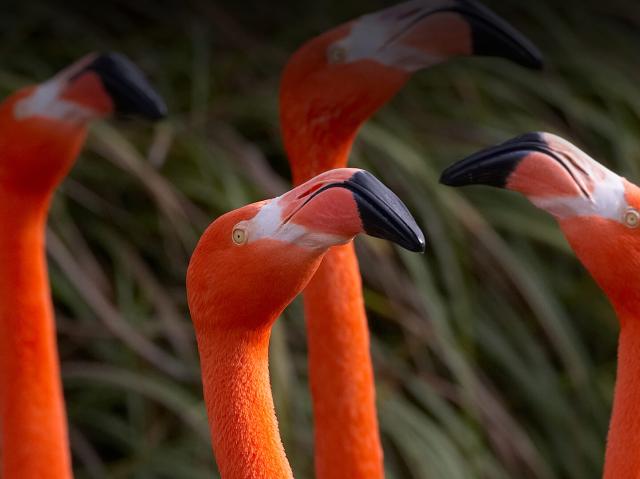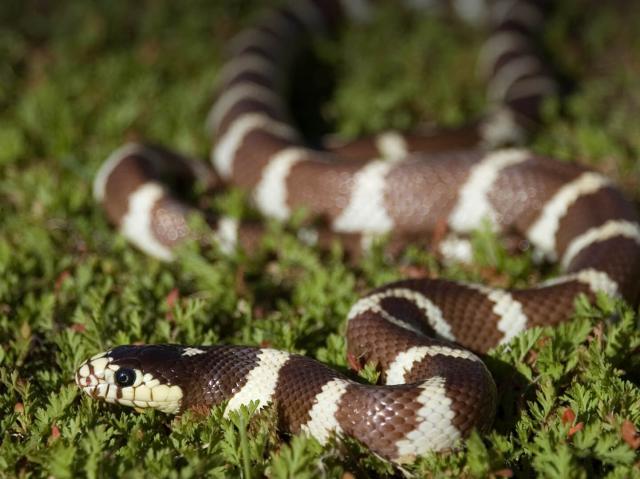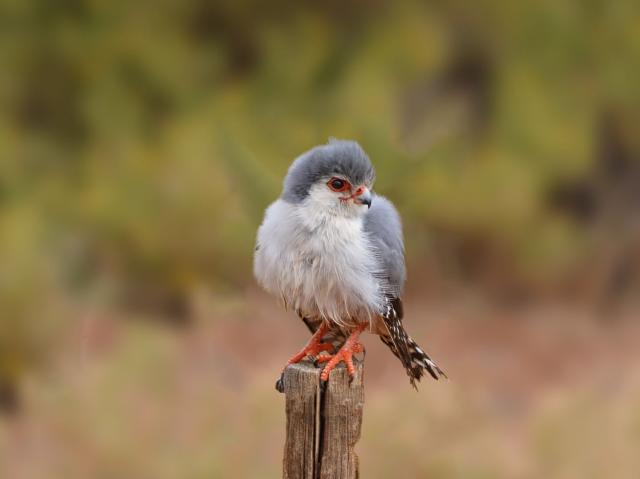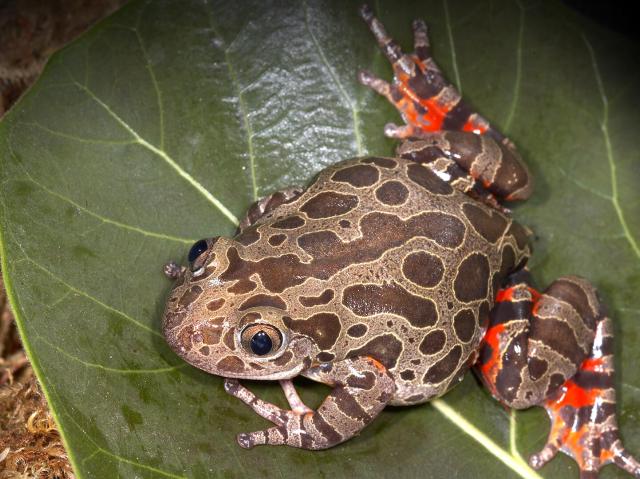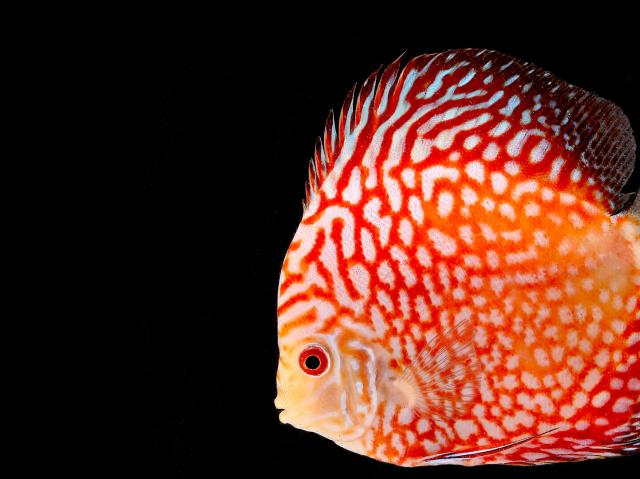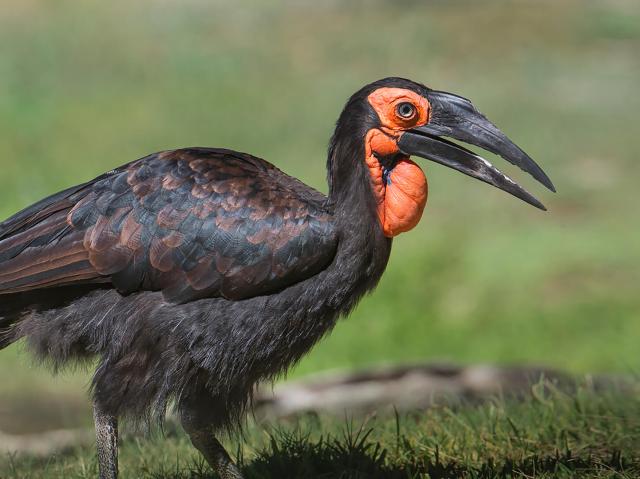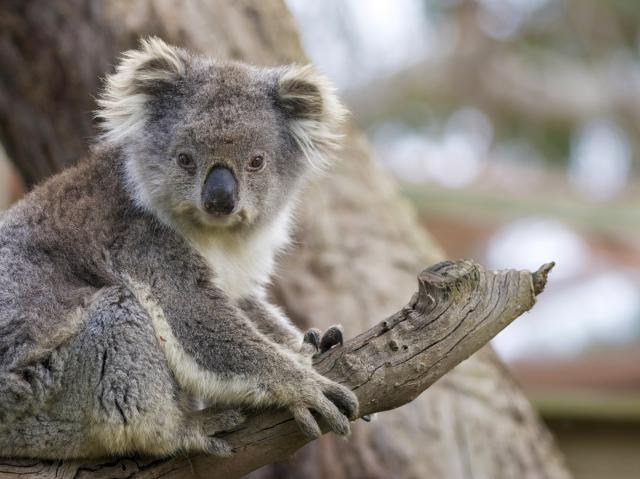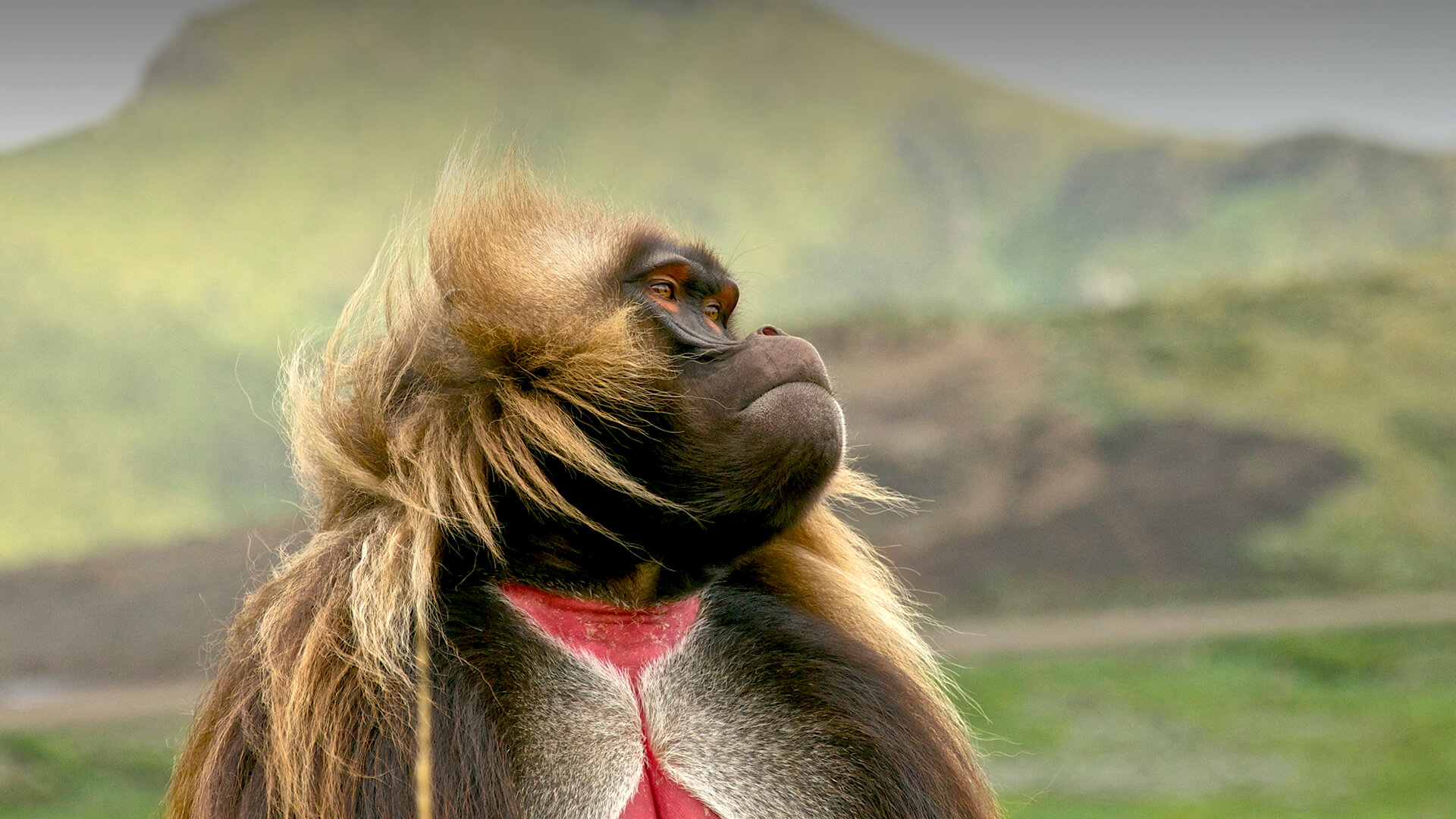
Gelada

- CLASS: Mammalia (Mammals)
- ORDER: Primates
- FAMILY: Cercopithecidae
- GENUS: Theropithicus
- SPECIES: gelada
- SUBSPECIES: T. gelada gelada and T. gelada obscurus

ABOUT
Mountain monkey: This handsome, long-haired, medium-bodied primate is the only grass-grazing monkey in the world. Dexterous fingers enable them to deftly pick blades of grass and herbs to eat and dig up tubers. Geladas live in matriarchal societies; family units join to form large foraging bands of 30 to 350 animals. They are the most terrestrial primate, besides humans.
Geladas are large, stocky monkeys, with females weighing about 28 pounds and males about 40 pounds. Both have dense, brownish to buff fur on the back and head, with lighter fur on the chest and belly, and dark colored faces (with pale eyelids) and extremities. Males have a long cape of hair on the back. The gelada’s most striking feature is the hairless, hourglass-shaped pink or red area of skin located on the chest. In females, pearl-like knobs of skin surround this skin patch. They also have reinforced buttocks called ischial callosities, which come in handy when sitting on the ground foraging on grass.
Dogs, jackals, leopards, servals, foxes, and hyenas threaten geladas. The monkeys tend to flee from danger, but males have been observed confronting dogs and even mobbing and surrounding a leopard! Due to the proximity of humans to many habitats, predator pressure is fairly low for the gelada.
Should an outside male threaten a dominant male, he will unleash a spectacular charge, teeth bared. Females and even youngsters will join in the chase, nipping at the intruder. Although not a great climber, a frightened male may run up a tree trunk to escape the chase. When he finally descends to the ground, the other geladas allow him to depart with only his pride injured.
HABITAT AND DIET
Geladas are found in the Ethiopian Highlands in open, high plateaus along the gorges and escarpments that transect them, from about 5,000 feet in elevation up to over 14,700 feet. The monkeys stick close to cliffs to use them as sleeping sites and climb up to the plateaus for their daily grazing and social activities. There are large populations of gelada in the Semien Mountains. The monkeys form large bands at night, sleeping close together on rocky cliffs and ledges for warmth and safety.
Geladas are genuine grazers, with over 90% of their diet being grass blades. They can handily shift to flowers, digging up rhizomes and roots, and foraging for herbs when the availability of grasses decreases. They spend their days eating and socializing, like many other primates. Grooming, playing, and exercising their peculiar bipedal “shuffle gait” as they eat are paramount to gelada life.
Geladas primarily feed on the leaves of grasses. During dry seasons when there is heavy overgrazing by livestock, or when gelada bands are very concentrated, subterranean stems and rhizomes are also excavated. Fruits and invertebrates are eaten opportunistically, and cereal crops may be taken where agriculture encroaches onto the geladas' habitat.
FAMILY LIFE
Geladas live in one-male reproductive units that contain one breeding male and 3 to 5 females and their offspring. The dynamic and complex social system of the gelada is a multi-level hierarchy of social units including reproductive units, all-male groups, and large bands. Though females are about one-third smaller than the males, they run the show and decide when an aging male should be replaced by a younger rival (though he will fight to defend his status). Females remain in their natal group; males migrate out at maturity and try to take over a breeding unit of their own. If he succeeds, females can choose to support or oppose him. Instead of using his brawn, the new male will groom the females to charm them into favoring him.
Females reach sexual maturity at about three years of age, but do not give birth for another year. Youngsters are usually born at night. They have red faces, black hair, and closed eyes. A new mother will stay on the periphery of the group, as other females take a keen interest in her baby and may even try to abscond with it. The infant is carried on its mother’s belly for the first five weeks, and after that rides on her back.
Geladas have a diverse repertoire of over 30 different vocalizations—typical of highly social animals. Vocalizations can be combined into sequences to address necessary contact, reassurance, appeasement, solicitation, ambivalence, and aggressive-defensive communications. Some calls are restricted to certain higher-status animals.
Females use particular estrus calls to alert males that the time is right for mating. Other communications include threatening lip rolls (also called “lip flip”) to expose gums and teeth in a threatening manner, and raising the forehead to flash pale eyelids.
CONSERVATION
Human-induced habitat loss is a primary threat to geladas. There is tug-of-war over the landscape, as humans use it for agriculture, even cultivating steep slopes by hand. Replanting quick-growing, non-native eucalyptus trees, which inhibit the growth of grass and increase topsoil loss, also poses a threat to the gelada lifestyle.
By supporting San Diego Zoo Wildlife Alliance, you are our ally in saving and protecting wildlife worldwide.
LIFE SPAN
14 years in the wild; up to 30 in captivity
YOUNG
Gestation: 6 months
Number of young at birth: 1
Weight at birth: About 1 pound
Age of maturity: 3 years for females; 4 to 5 years for males
SIZE
Height: 20 to 30 inches
Weight: Females, about 24 pounds; males, about 40 pounds
FUN FACTS
Geladas are the only graminivorous (grass-eating) primate and consume a diet more akin to those eaten by ungulates.
Geladas are also called bleeding-heart baboons, due to the unusual reddish skin on their chest.
The geladas are completely unbothered by Ethiopian wolves strolling through their foraging sites hunting rodents while the monkeys graze.
A recent study reveled that geladas at Guassa, pristine grassland habitat 11,500 feet above sea level, also consume snails, ants, and even desert locusts.
Geladas of today are the last members of a formerly successful and widespread genus, which inhabited India and many parts of Africa.
This monkey is well adapted to its grazing feeding niche, with highly opposable thumbs and finely tuned index fingers for plucking grass, and a reinforced rear end ideal for scooting over the grass.



